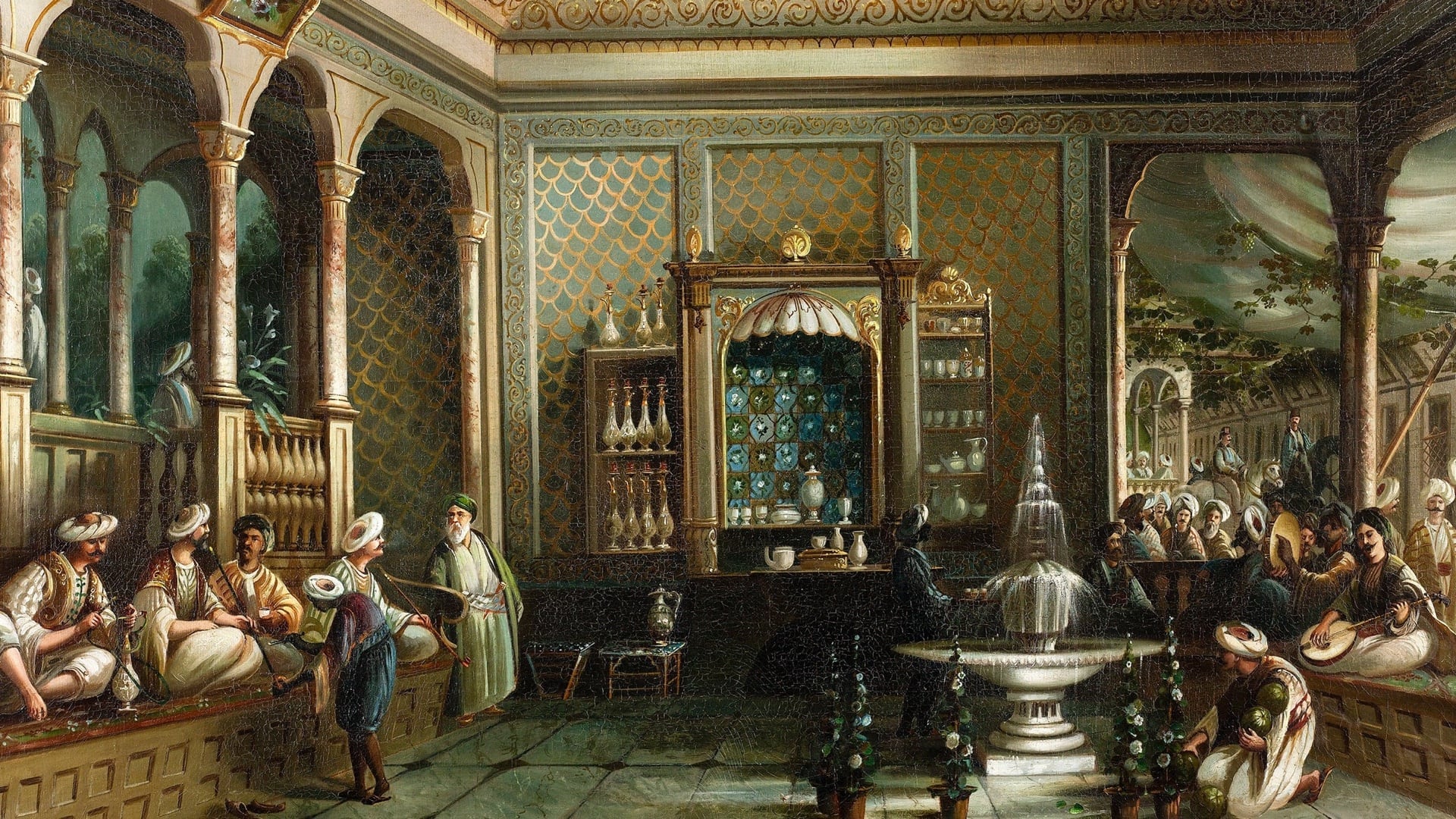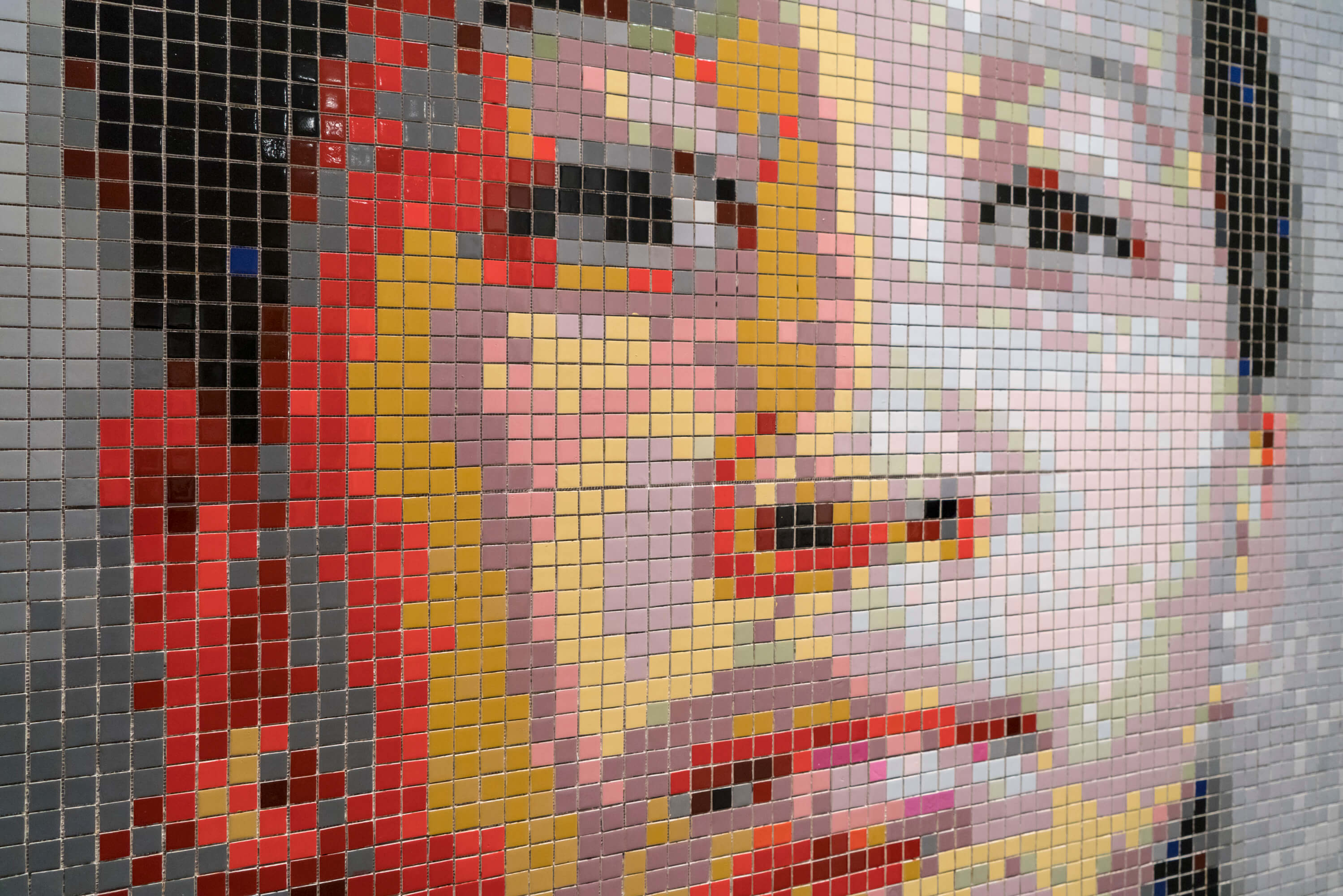Seminar
September 28, 2024 / 10:00
Pera Museum presents the Kütahya Ceramics and Museology Seminar for undergraduate and graduate students, featuring selections from the Suna and İnan Kıraç Foundation Kütahya Tiles and Ceramics Collection. Bringing together museology, art history, and cultural history, this interdisciplinary seminar delves into the ceramics produced in Kütahya, the most significant hub of ceramic production after Iznik during the Ottoman era. The goal of the seminar is to offer a fresh perspective on Kütahya ceramics to young researchers.
The full-day program consists of the seminar and workshop sessions, and the first segment focuses on Kütahya ceramics. This segment explores the artistic evolution of Kütahya ceramics from the 18th century to today, as well as their significance within the Ottoman culture. The second segment of the program involves applied studies. Participants look into a selection of ceramics through case studies and workshops as part of basic museology training. They learn more about the documentation and collection management policies in the context of Kütahya ceramics.
The Kütahya Ceramics and Museology Seminar will be held physically at the Istanbul Research Institute. Program language is Turkish.
Attendance to the program is free; however, students traveling from outside the city must cover their accommodation and transportation expenses.
For a detailed seminar schedule and application requirements, please click here.
Temporary Exhibition
Discovered in Ethiopia as the “magic fruit,” and reaching the land of the Ottomans through Yemen in the 15th century, coffee soon assumed its place as a prestigious beverage in the palace and wealthy households.
Click for more information about the exhibition.


The exhibition “Look At Me! Portraits and Other Fictions from the ”la Caixa” Contemporary Art Collection” examined portraiture, one of the oldest artistic genres, through a significant number of works of our times. Paintings, photographs, sculptures and videos shaped a labyrinth of gazes that invite spectators to reflect themselves in the social mirror of portraits.

The Academy of Fine Arts in Sarajevo was founded in 1972 as the first Academy of Fine Arts in Bosnia and Herzegovina and became one of the forerunners in Bosnian contemporary art. Academy continued its operation throughout the war years (1992-1995) in besieged Sarajevo and participated in important international art projects.
Tuesday - Saturday 10:00 - 19:00
Friday 10:00 - 22:00
Sunday 12:00 - 18:00
The museum is closed on Mondays.
On Wednesdays, the students can
visit the museum free of admission.
Full ticket: 300 TL
Discounted: 150 TL
Groups: 200 TL (minimum 10 people)